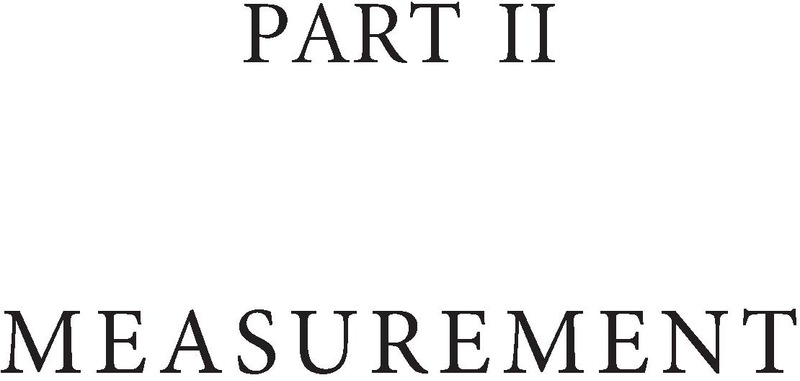Book contents
- Critical Consciousness
- Contemporary Social Issues
- Critical Consciousness
- Copyright page
- Dedication
- Contents
- Figures
- Tables
- Contributors
- Acknowledgments
- Introduction Critical Consciousness Theory and Measurement
- Part I Theory
- Part II Measurement
- Conclusion Expanding Critical Consciousness Theory and Measurement
- Index
- References
Part II - Measurement
Published online by Cambridge University Press: 20 April 2023
- Critical Consciousness
- Contemporary Social Issues
- Critical Consciousness
- Copyright page
- Dedication
- Contents
- Figures
- Tables
- Contributors
- Acknowledgments
- Introduction Critical Consciousness Theory and Measurement
- Part I Theory
- Part II Measurement
- Conclusion Expanding Critical Consciousness Theory and Measurement
- Index
- References
Summary

- Type
- Chapter
- Information
- Critical ConsciousnessExpanding Theory and Measurement, pp. 171 - 308Publisher: Cambridge University PressPrint publication year: 2023

